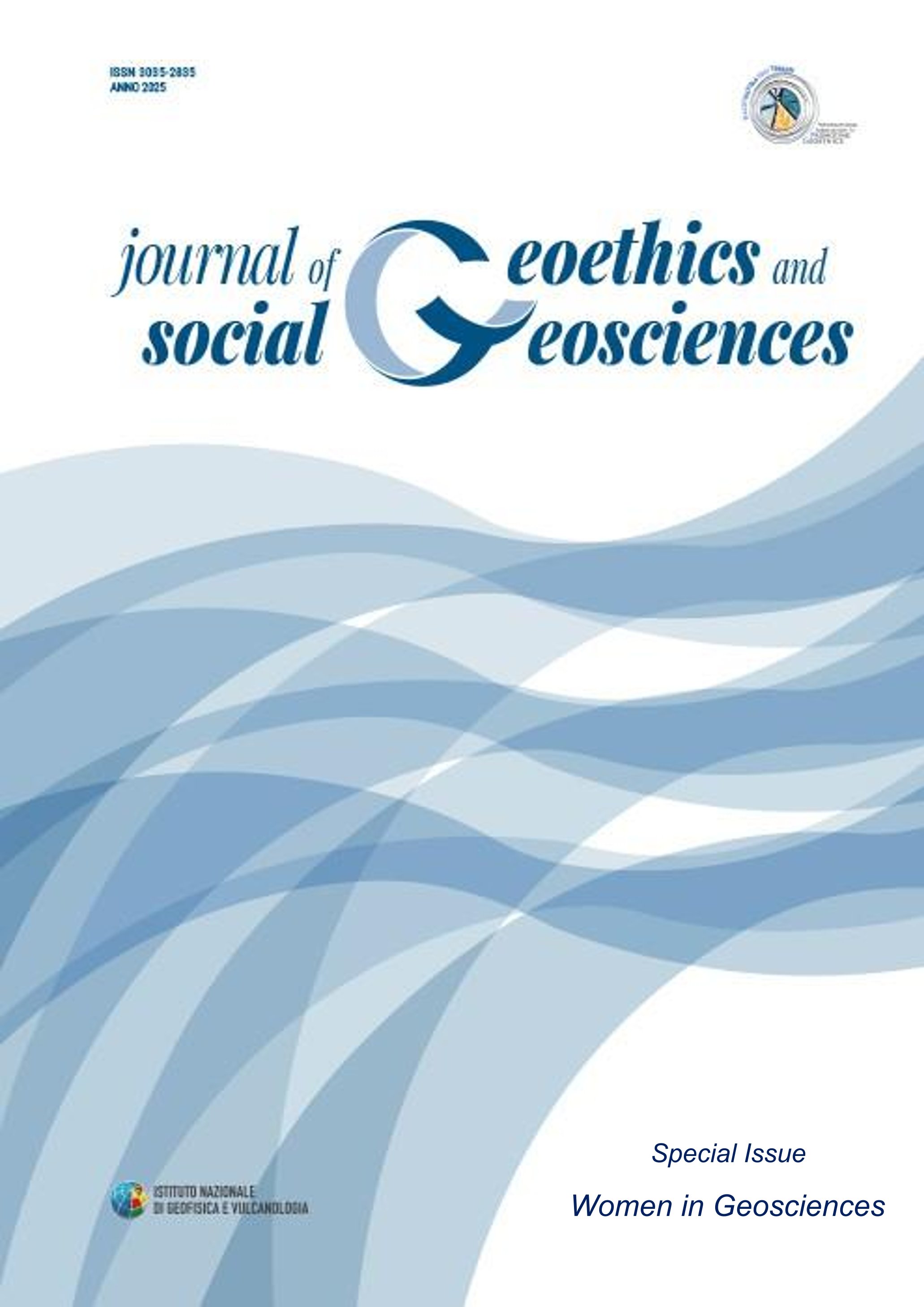30 years of women in science in Italy through the lens of the Major Risks Commission
Main Article Content
Abstract
In Italy, the National Commission for the forecasting and prevention of the Major Risks is a technical-scientific advisory body of the Civil Protection Department. Its contributions are fundamental for implementing strategies for forecasting and preventing civil protection risks and for emergency management from a technical-scientific point of view. The Commission was officially established in 1992. Since then, it has continued to operate to this day, albeit with varying organisation and internal composition over time. The Commission has always been composed of high-level experts from various scientific disciplines related to the different risks addressed by civil protection. As such, it can be considered as an indicator for the gender balance within the scientific community engaged on disaster risk for over 30 years.
In this work, we analyse the number and gender distribution of the Commission’s members since its establishment, to investigate the absolute numbers, percentages and role played by women scientists over the considered period. For the last decade, we have compared our results with the most recent gender analysis for the Academia and Research Institutes, conducted by the National Agency for the Evaluation of the University and Research System (ANVUR). Our results show that, although the percentage of women in the Major Risks Commission is broadly in line with the Academia in Italy, this merely reflects a wider, persistent underrepresentation at senior levels. A general increase can be observed over time, but the growth is still limited. The reasons for this reduced female presence are also explored, together with some possible actions aimed at increasing the number of women in these contexts.
Article Details
Section

This work is licensed under a Creative Commons Attribution 4.0 International License.

